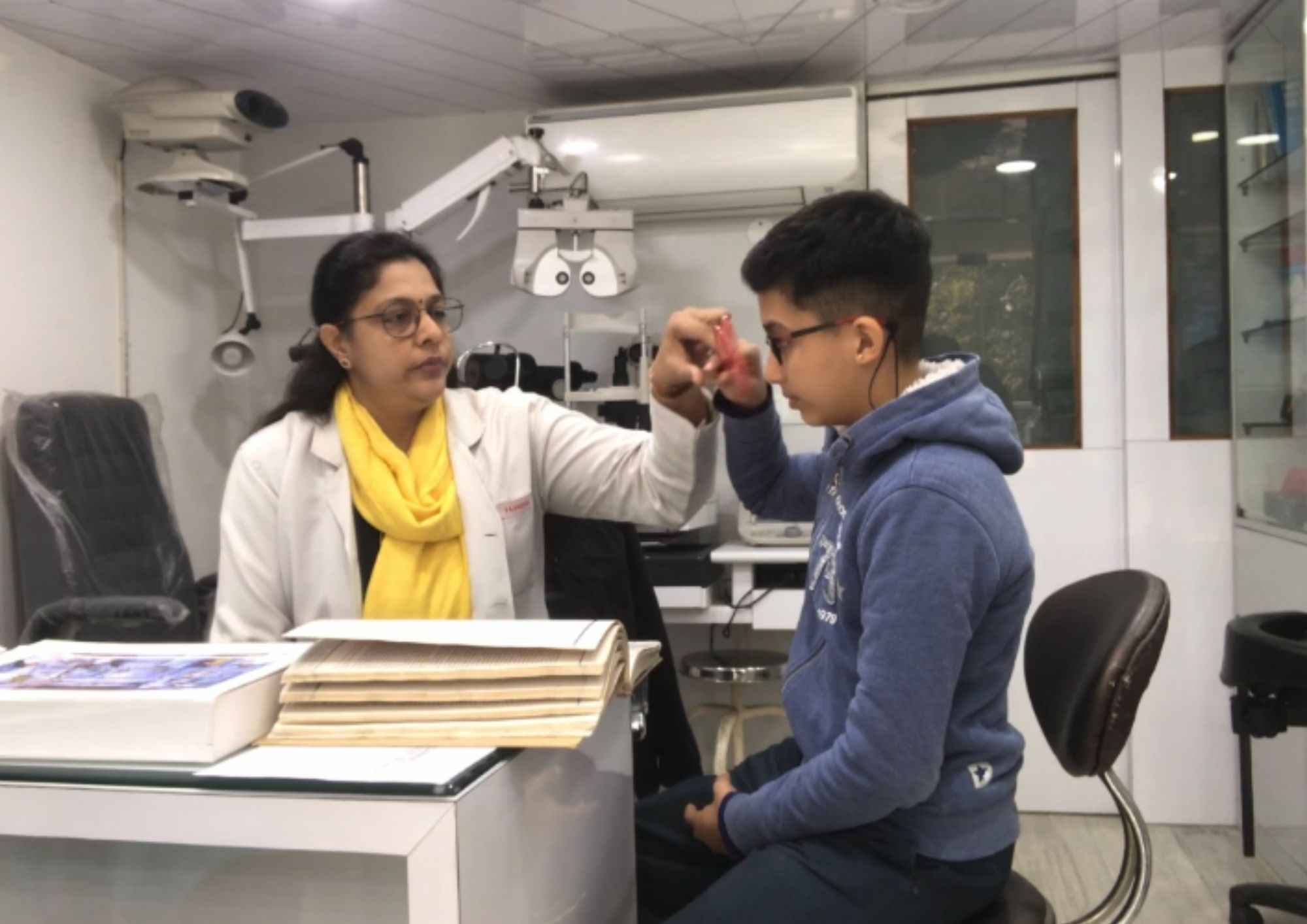Ideal Refractive Surgeries in AL: State-of-the-Art Eye Care
Wiki Article
The Function of Advanced Diagnostic Devices in Identifying Eye Disorders
In the realm of ophthalmology, the utilization of sophisticated analysis tools has changed the early recognition and management of various eye conditions. From identifying refined modifications in the optic nerve to keeping an eye on the progression of retinal conditions, these innovations play a critical function in improving the precision and performance of identifying ocular conditions. As the demand for precise and timely diagnoses remains to expand, the combination of sophisticated devices like optical comprehensibility tomography and visual field screening has actually come to be vital in the realm of eye care. The detailed interplay between technology and ocular methods not just clarifies complex pathologies however also opens up doors to customized therapy techniques.Importance of Early Diagnosis
Very early medical diagnosis plays a crucial duty in the effective management and treatment of eye problems. By finding eye conditions at a very early stage, healthcare providers can provide proper therapy plans tailored to the certain condition, eventually leading to much better end results for clients.
Modern Technology for Detecting Glaucoma
Cutting-edge analysis innovations play an essential duty in the early detection and monitoring of glaucoma, a leading source of irreversible loss of sight worldwide. One such technology is optical coherence tomography (OCT), which supplies in-depth cross-sectional photos of the retina, enabling the measurement of retinal nerve fiber layer density. This dimension is vital in assessing damages brought on by glaucoma. An additional advanced tool is aesthetic field testing, which maps the level of sensitivity of an individual's visual field, assisting to spot any kind of areas of vision loss feature of glaucoma. Furthermore, tonometry is utilized to determine intraocular stress, a significant threat aspect for glaucoma. This examination is essential as elevated intraocular stress can bring about optic nerve damages. More recent modern technologies like the usage of fabricated knowledge formulas in examining imaging data are revealing appealing results in the early discovery of glaucoma. These sophisticated diagnostic devices make it possible for eye doctors to detect glaucoma in its very early stages, permitting timely treatment and better management of the condition to avoid vision loss.Duty of Optical Comprehensibility Tomography

OCT's ability to evaluate retinal nerve fiber layer thickness allows for precise and unbiased measurements, assisting in the early detection of glaucoma even prior to visual field flaws emerge. OCT modern technology allows longitudinal surveillance of structural changes over time, promoting customized treatment plans and timely interventions to aid maintain people' vision. The non-invasive nature of OCT imaging likewise makes it a recommended option for keeping track of glaucoma progression, as it can be duplicated frequently without triggering discomfort to the person. Generally, OCT plays an important function in enhancing the diagnostic precision and administration of glaucoma, ultimately adding to better results for people in jeopardy of vision loss.
Enhancing Medical Diagnosis With Visual Field Screening
A necessary element in comprehensive sensory examinations, aesthetic field screening plays a critical function in improving the analysis process for different eye conditions. By examining the complete level of a person's aesthetic field, this test provides important details concerning the practical honesty of the whole aesthetic pathway, from the retina to the aesthetic cortex.Aesthetic area screening is specifically useful in the diagnosis and management of conditions such as glaucoma, optic nerve disorders, and glaucoma service near me numerous neurological conditions that can impact vision. With measurable dimensions of peripheral and central vision, medical professionals can detect refined adjustments that may indicate the visibility or development of these problems, even before noticeable signs and symptoms happen.
Furthermore, aesthetic area screening permits the monitoring of treatment efficiency, assisting ophthalmologists customize therapeutic treatments to individual people. eyecare near me. By tracking changes in visual field efficiency with time, doctor can make informed choices concerning adjusting drugs, recommending medical treatments, or executing various other suitable procedures to preserve or enhance a patient's aesthetic feature
Managing Macular Deterioration

Conclusion
To conclude, advanced diagnostic devices play a vital duty in identifying eye conditions early on. Technologies such as Optical Coherence Tomography and aesthetic area screening have actually substantially improved the accuracy and performance of diagnosing conditions like glaucoma and macular deterioration. Early discovery enables timely intervention and management of these conditions, inevitably bring about better end results for patients. It is imperative for healthcare experts to stay updated on these improvements to give the very best feasible treatment for their people. eyecare near me.Report this wiki page